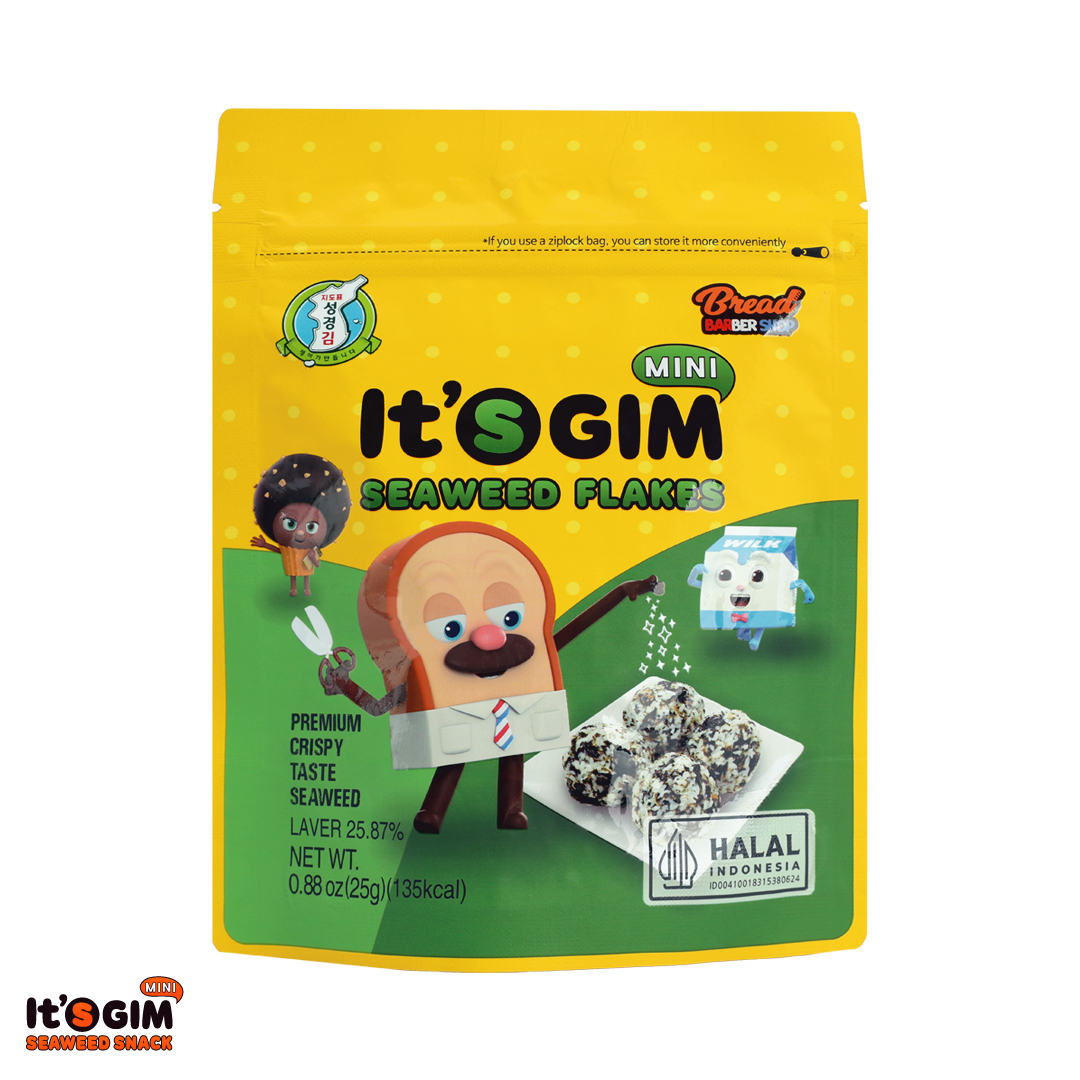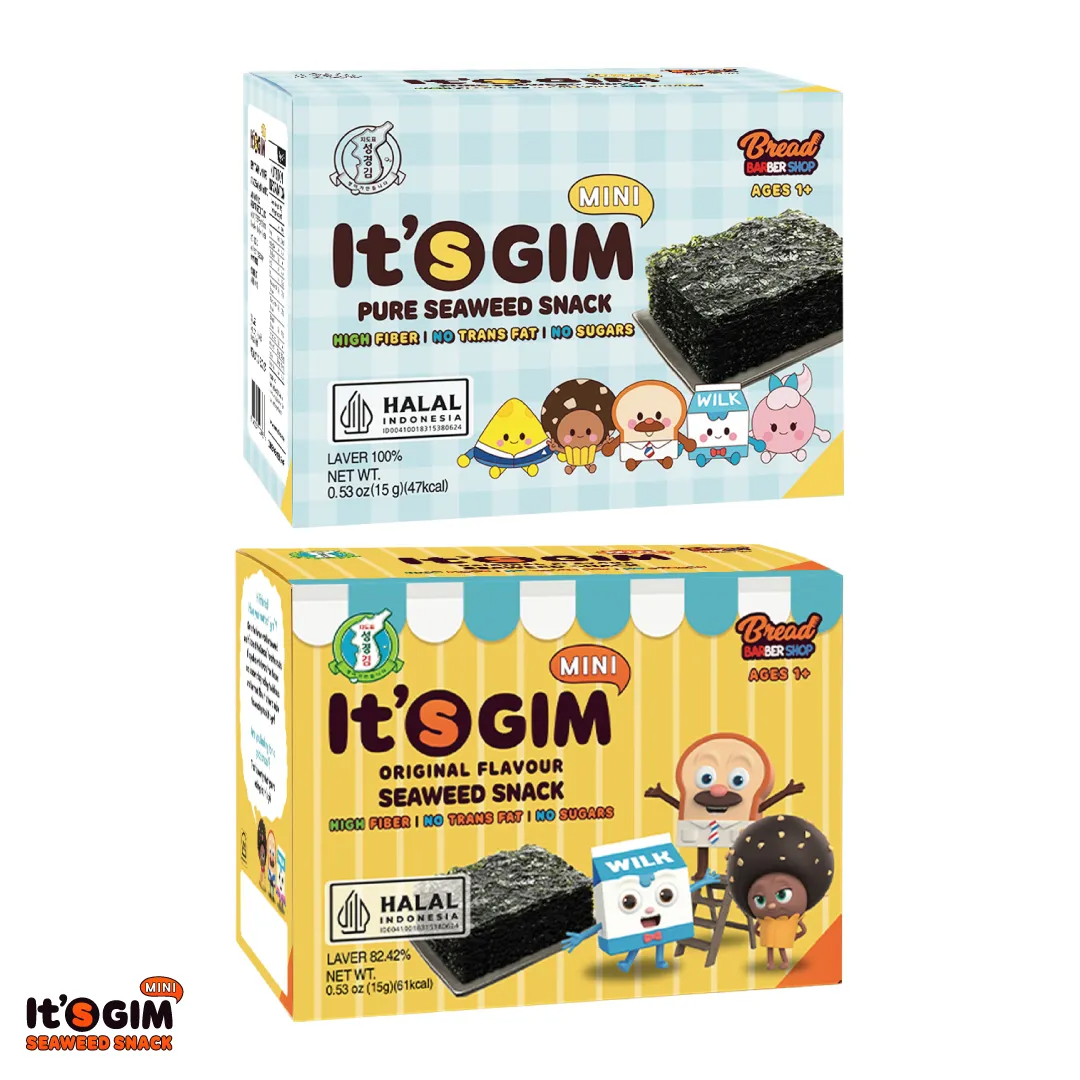
As long as there has been food, there have been picky eaters!
Mealtimes can sometimes feel more like a battlefield than family time, and it’s natural for parents to wonder if their child is truly getting enough nutrients to grow. Picky eating usually hits its peak during the preschool years, around ages 3 to 6.1
According to the Malaysian Dietary Guidelines for Children and Adolescents 2023, children from the ages of 4-6 years should be eating daily:2
2 servings of veggies
2 servings of of fruits
21/2 - 3 servings of grains
1/4 servings of poultry/meat
1/2 servings of fish
1/4 servings of egg
2 servings of milk/ dairy products
Sometimes it can be hard to pack all this into one day, especially with picky eaters.
Picky eaters often stick to “familiar” foods such as rice with fried chicken, or processed options like nuggets or sausages. These fill them up but don’t give much nutrition. Since kids are still growing, they actually need more nutrients than adults.
The good news? Most children eventually grow out of picky eating. Until then, how do you make sure they're getting all the vitamins and minerals they need?
Why Do Kids Get Picky?
Children aren’t trying to make mealtimes difficult, but actually their eating patterns are shaped by many factors:
Neophobia3 (fear of new foods)
It’s normal for kids to be cautious about unfamiliar foods. This often peaks between ages 3 to 6 and may be an evolutionary survival instinct to avoid unsafe foods.Sensory Sensitivity4
Some children are more sensitive to taste, smell, or texture. A mushy banana, a bitter green, or a strong smell can be overwhelming, making them more selective with food.Independence Phase5
As toddlers grow, they start asserting independence by saying “no” to certain foods is one way of taking control. This phase is completely normal and often temporary.Environment6
Children are heavily influenced by what they see and what is available at home. Repeated exposure, seeing parents eat junk food, and poor mealtime experiences increase the chance of picky eating.Genetics7
Some kids are genetically more sensitive to bitter or strong flavors, especially in vegetables. These differences can make certain foods harder to accept.
Simple Ways to Sneak Nutrients into Meals
Picky eating is tough, but the good news is, there are so many ways to boost nutrition without turning mealtimes into a battlefield. The trick is to work with their favourites, not against them. Here are some easy ideas.
Pancake & Waffles:
Mix oats or chia seeds into the batter. Kids still get the same fluffy treat, but with hidden fiber, protein, and omega-3s. You can even add slices of banana (for potassium and natural sweetness) or berries (for vitamin C and antioxidants), either as an ingredient or as a topping.
  |
Egg dishes:
  |
A pinch of seaweed flakes mixed into scrambled eggs or omelettes gives extra flavour without being overpowering. The savory umami taste blends right in, while adding extra fiber.

Grain-based:
Cereal: Grind up nuts like almonds and sprinkle half teaspoon over their cereal. This adds protein, healthy fats and essential minerals. Also can add some dried fruit for an antioxidants boost.
  |
Rice: Sprinkle seaweed flakes over rice or porridge like a magic topping. Kids will enjoy the visual and crispy surprise, while also getting the gentle boost of fiber.
Pasta: Finely chop veggies like onion, celery, carrot, cauliflower, broccoli, spinach and tomatoes into pasta sauce. They add fiber, vitamin C, iron and calcium, all in one tasty meal.
Sandwich: Seaweed sheets make sandwiches more exciting! Slip one between bread and cheese or egg for crisp, flavour and a little extra fiber.
 |
Tips to Gently Support Your Picky Eater
Beyond sneaking in extra goodness, there are also gentle ways to help kids become more open to food over time. These tips can support your picky eater’s journey, making mealtimes calmer and a little more enjoyable for everyone.
Model the behavior: Children are more likely to try foods they see parents or siblings enjoying.6
Create a no-pressure environment: Research shows that forcing or bribing kids to eat often backfires. Instead, offer food without pressure.8
Offer variety & consistently: Keep introducing different textures and flavors in small amounts. Repeated exposure works!8
Involve them in food prep: Kids who help wash, stir, or plate their food are more curious and open to tasting.8
Make it fun: Present foods in playful shapes or colors, or pair new foods with familiar favorites.9
References
Mascola, A. J., Bryson, S. W., & Agras, W. S. (2010). Picky eating during childhood: a longitudinal study to age 11 years. Eating behaviors, 11(4), 253–257. https://doi.org/10.1016/j.eatbeh.2010.05.006
Ministry of Health Malaysia. (2023). Malaysian Dietary Guidelines for Children & Adolescents 2023 [PDF]. https://hq.moh.gov.my/nutrition/wp-content/uploads/2024/10/01.Buku-MDGCA-web_26.08.2024.pdf
del Campo, C., Bouzas, C., & Tur, J. A. (2025). Risk Factors and Consequences of Food Neophobia and Pickiness in Children and Adolescents: A Systematic Review. Foods, 14(1), 69. https://doi.org/10.3390/foods14010069
Campos-Sánchez, I., Muñoz-Sánchez, R., Navarrete-Muñoz, E.-M., Molina-Iñigo, M. S., Hurtado-Pomares, M., Fernández-Pires, P., Sánchez-Pérez, A., Prieto-Botella, D., Juárez-Leal, I., Peral-Gómez, P., Espinosa-Sempere, C., & Valera-Gran, D. (2024). Association between sensory reactivity and feeding problems in school-aged children: InProS Study. Appetite, 192, 107108. https://doi.org/10.1016/j.appet.2023.107108
Taylor, C. M., & Emmett, P. M. (2019). Picky eating in children: causes and consequences. The Proceedings of the Nutrition Society, 78(2), 161–169. https://doi.org/10.1017/S0029665118002586
Piloquet, H., Berge, B., Maigret, P., & Hospital, V. (2024). Food fussiness is associated with family environmental factors in 1–3-year-old children: A large-scale cross-sectional study. Appetite, 192, 107043. https://doi.org/10.1016/j.appet.2023.107043
Patel, M. D., Donovan, S. M., & Lee, S. Y. (2020). Considering Nature and Nurture in the Etiology and Prevention of Picky Eating: A Narrative Review. Nutrients, 12(11), 3409. https://doi.org/10.3390/nu12113409
Chilman, L., Kennedy-Behr, A., Frakking, T., Swanepoel, L., & Verdonck, M. (2021). Picky Eating in Children: A Scoping Review to Examine Its Intrinsic and Extrinsic Features and How They Relate to Identification. International Journal of Environmental Research and Public Health, 18(17), 9067. https://doi.org/10.3390/ijerph18179067
Janius, N., & Amdan, M. A. B. (2024). Understanding the psychological and behavioral factors influencing picky eating in preschool-aged children. International Journal of Science and Research Archive, 12(2), 892-898.





